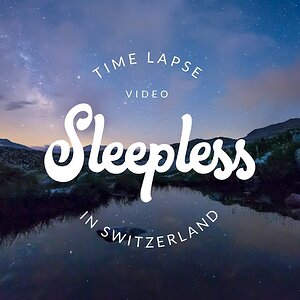This has to be one of the most asinine arguments in photography.
No not really an asinine argument, since there are many practical applications based upon The actual cameras in question. For example the Nikon D5… It is a professionally oriented full frame camera designed for action, whereas the D 500 is priced much more affordably, but is also designed for action. In consumer Nikons the D7200 is quite affordable now, after being at the top of the current consumer crop body camera heap for several years and the Nikon D610 would be the full frame counterpart. I really don't think this argument is asinine,as you say, but rather imminently a practical argument,based around practicalities. A crop frame camera takes 95% of the lenses Nikon has ever made and turns them into something they were never designed to be.
Full frame cameras and APS-C cameras are very different performers when used indoors with a 70 to 200 mm zoom, or indoors with a 50 mm lens, and so on. I shot APS-C from 2001 to 2007 or so, and ever since then I have owned at least one full frame digital single lens reflex. Based upon the lenses offered by Pentax, Canon, and Nikon, the crop frame camera has really been relegated to second-tier status. These three companies really have never offered a good selection of lenses to leverage their cameras that were built with smaller than traditional sensors. The entire 35 mm ethos was built around the image being roughly 24 x 36 mm in size and proportion. Literally decades of lens development was geared toward making cameras that would use a capture size that was 24 x 36mm. Traditional lens lengths such as 20 mm, 24 mm,28 mm,35 mm, 50 mm, 85 mm 100 mm, 135 mm, 180 mm, 200 mm, 300mm, and a wide range of zoom lenses, were all designed to be used best on cameras with 24 x 36 mm Capture size. There have only been a handful of high-quality and I mean really high-quality professional-grade lenses designed by these three manufacturers for their small sensor cameras. The big three traditional camera companies have made it clear that they are operating a two-tier system. For example most APS-C cameras are sold as a kit with an 18 to 55 mm "Kit zoom" that is priced right around $100. How much does a 24 to 70 mm F2.8 zoom sell for these days? $2200 to $2499? And how much does a well-respected third-party lens manufacturers 24 to 70 mm f/2.8
zoom lens retail for? $1200 or so?
If for example I have a 24 mm lens and put it on a Nikon D 7200 I have one type of lens; if however I put the same 24 mm lens on the Nikon D850 I have an entirely different type of lens.I see nothing ass in line in the above facts, I see nothing asinine in the above facts,but they do see a wide range of practical decisions that must be made.



![[No title]](/data/xfmg/thumbnail/34/34114-dd12be026979ccd4182c5f478bd91448.jpg?1734164566)








